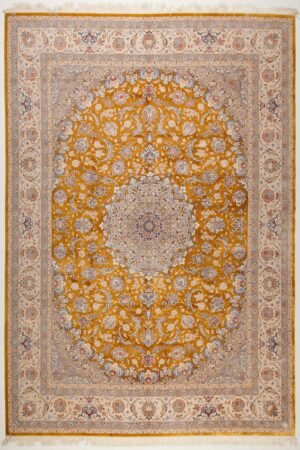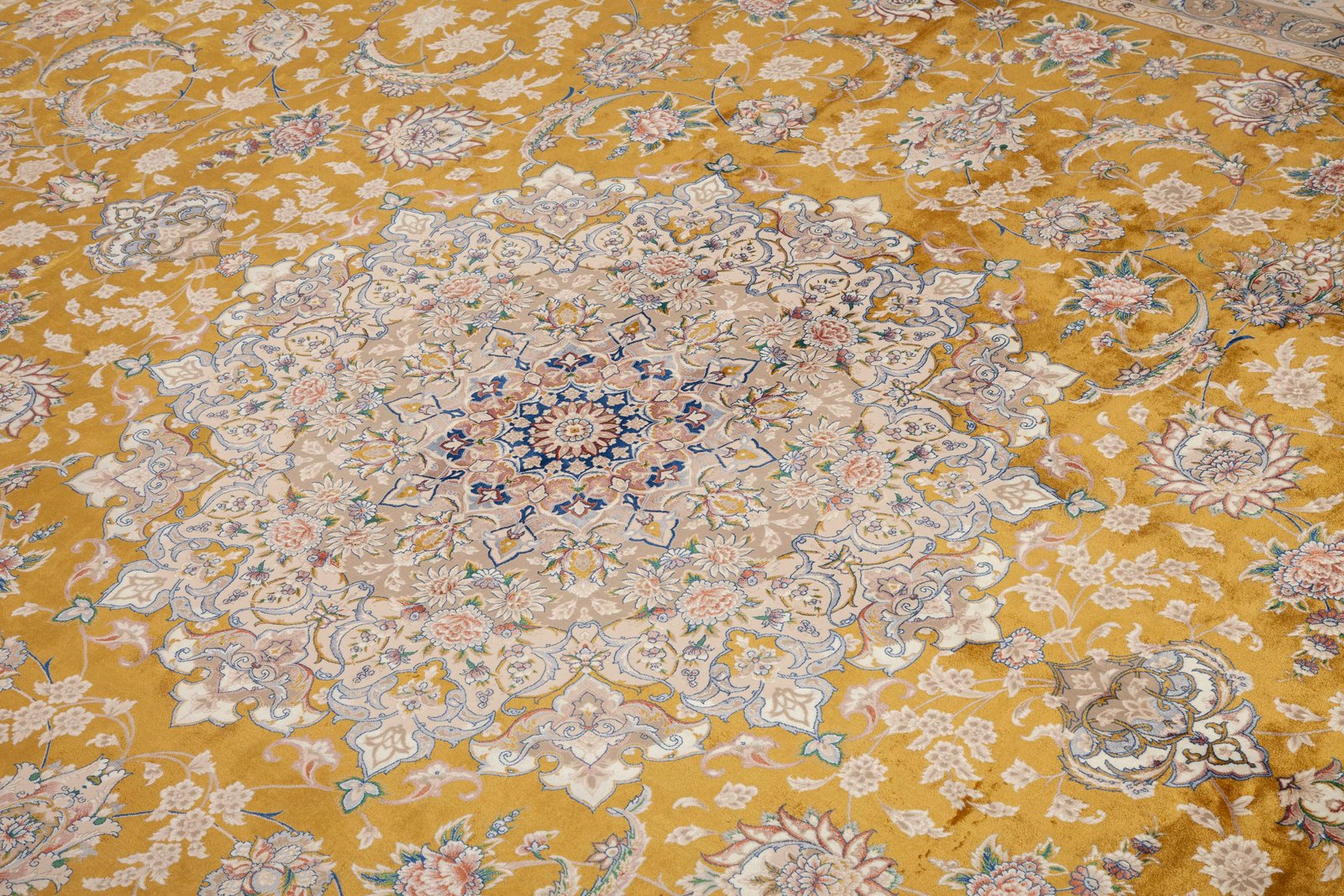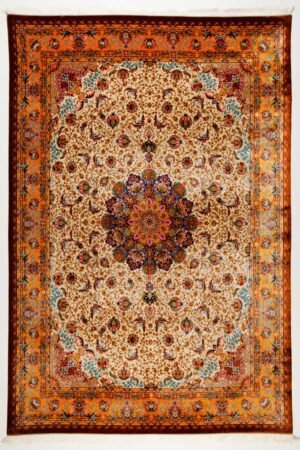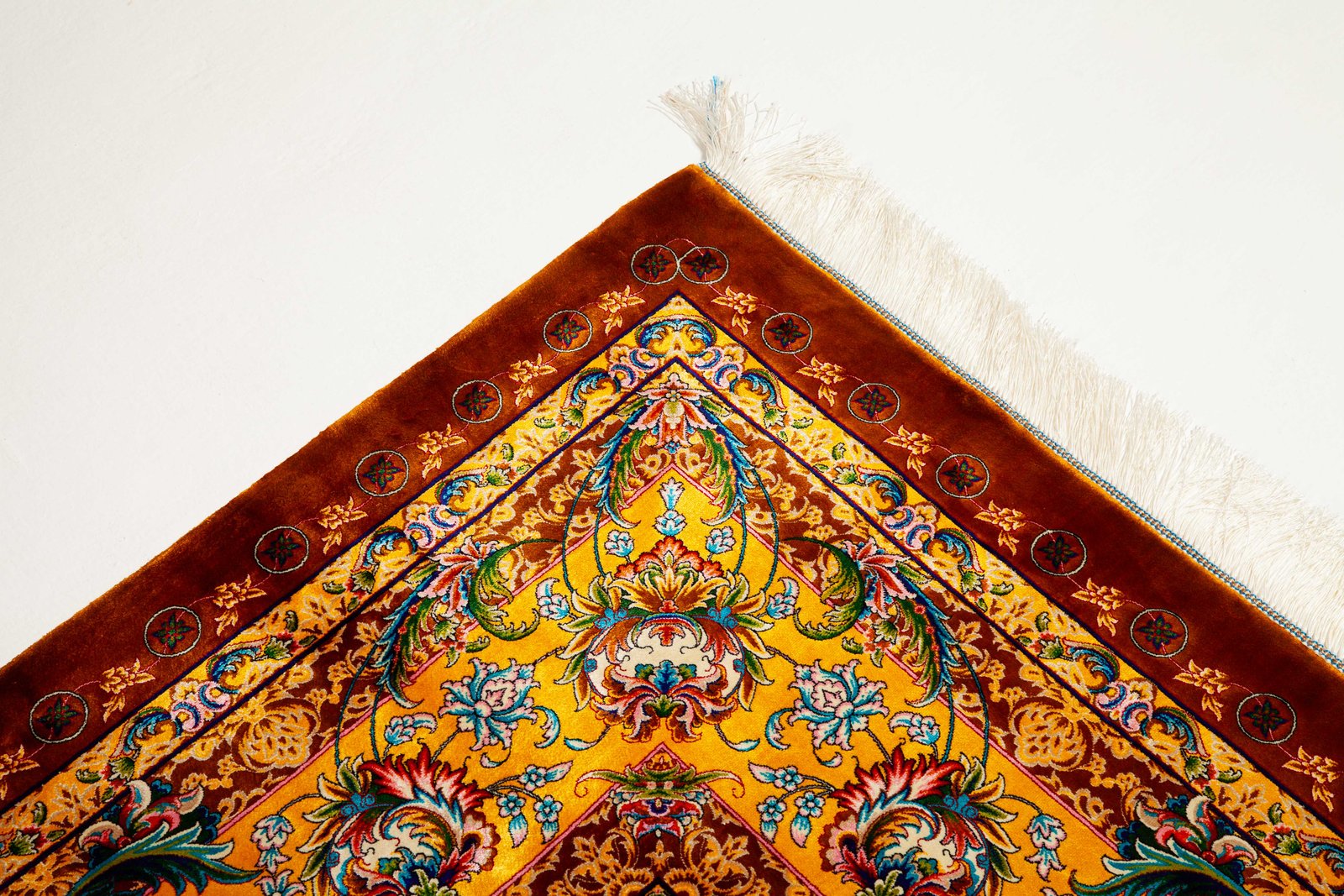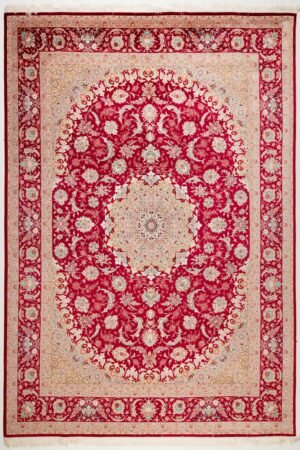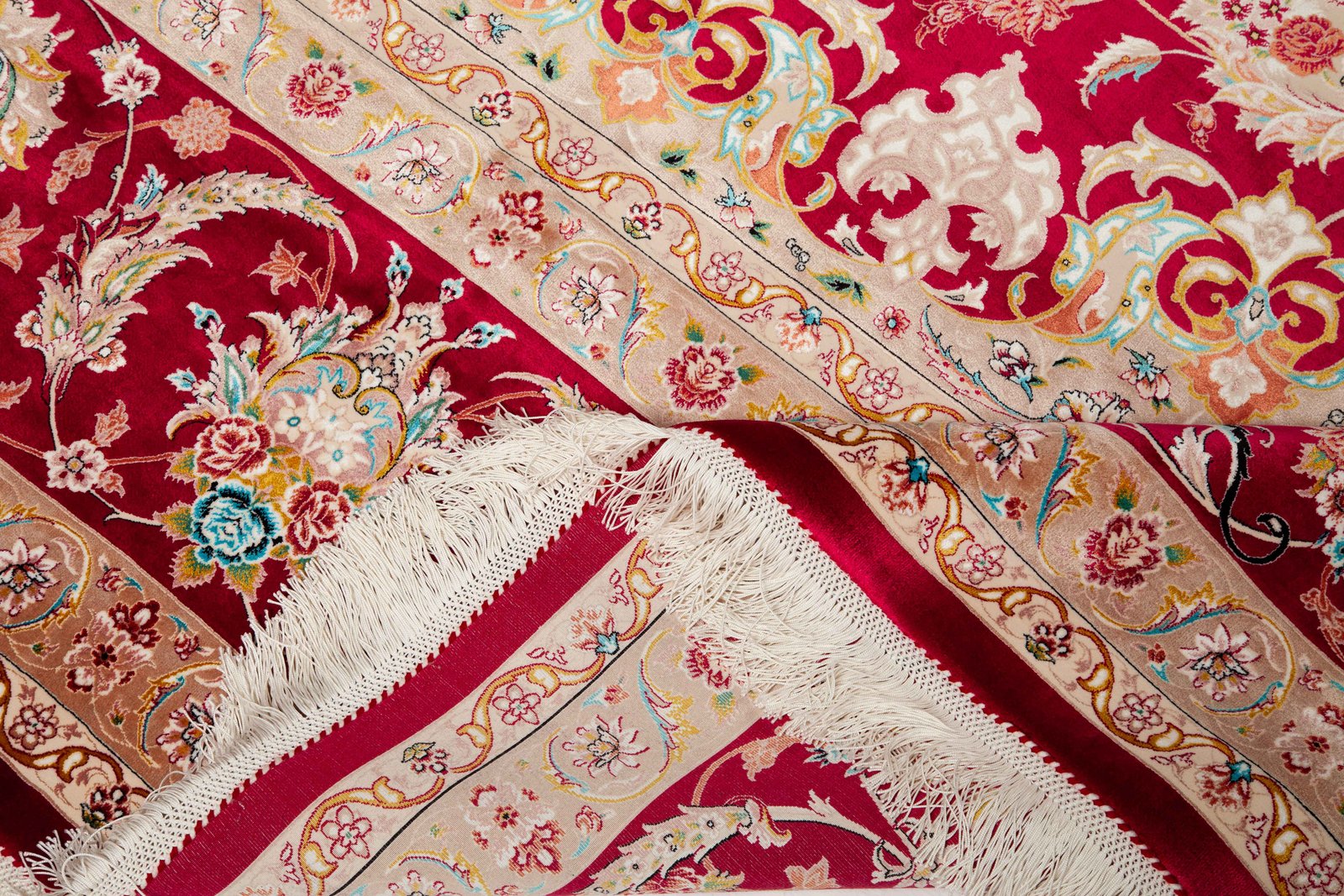Historical Background of Persian Carpets
The history of Persian carpets, a hallmark of cultural richness and artistry, can be traced back to ancient Persia, which corresponds to contemporary Iran. These exquisite textiles are believed to have roots in the nomadic tribes of the region, who began weaving intricate rugs as early as the 5th century B.C. The art of carpet weaving flourished during various Persian empires, especially under the Achaemenid, Sassanian, and Safavid dynasties, where it became synonymous with the cultural identity of the Iranian people.
As Persia experienced various historical transformations, so did the art of carpet weaving, which was significantly influenced by the convergence of different cultural and artistic traditions. The Achaemenid Empire, for instance, was instrumental in developing techniques and patterns that laid the groundwork for future styles. By the time of the Sassanian Empire, exquisite motifs and detailed designs began to emerge, reflecting the empire’s affluence and intricate beliefs about nature and the divine.
The pinnacle of Persian carpet art was reached during the Safavid period, particularly in the 16th and 17th centuries. This era saw the establishment of royal workshops that produced carpets featuring complex floral designs, vibrant colors, and symbolic representations of Persian heritage. Notable figures, such as Shah Abbas I, were influential patrons of this art form, promoting its prestige within both Persian society and the wider world.
Throughout the centuries, various regional styles developed, each with its unique characteristics and techniques, resulting in a diverse tapestry of designs that represent the multifaceted heritage of the Iranian people. For instance, the striking geometric patterns of tribal Persian carpets contrast with the intricate floral motifs of Tabriz and Isfahan rugs. Today, these carpets continue to embody the historical and cultural narratives of the Persian civilization, making them not only exquisite decorative pieces but also significant artifacts of art and history.
Techniques and Materials Used in Weaving
The art of crafting Persian carpets is distinguished by its rich tapestry of techniques and materials that have evolved over centuries. One of the fundamental aspects of Persian carpet weaving lies in the types of knots used. The two most common knots are the Persian knot, known for its elaborate designs and durability, and the Turkish knot, which is typically easier to tie but may not provide the same level of detail. Each knot type directly influences the texture, density, and overall quality of the finished carpet, ensuring that Persian carpets in the Middle East exhibit unique characteristics.
The loom plays a crucial role in the weaving process, providing a structure that supports the intricate work of the artisan. Traditional Persian looms are often vertical, allowing artisans to work from the bottom up, a method that permits greater control over the design and consistency of the finished piece. This method of weaving showcases the skill and precision of the craftsperson, as they navigate the tension of the threads while interlacing the chosen fibers.
Another paramount element in the creation of Persian carpets is the selection of materials. Artisans typically utilize natural fibers, such as wool, silk, and cotton. Wool is preferred for its resilience and warmth, while silk is prized for its sheen and softness, often being used to create more delicate carpets. The choice of fibers significantly affects the texture and visual impact of the final product. Additionally, the use of natural dyes extracted from plants and minerals not only enhances the vibrancy of colors but also ensures the carpets age gracefully over time. The meticulous selection of these materials and techniques ultimately contributes to the distinctive beauty and enduring quality that Persian carpets represent in both cultural heritage and artistic expression.
Symbolism and Design Motifs in Persian Carpets
The intricate designs and rich symbolism found in Persian carpets serve as a reflection of the cultural heritage and artistic evolution of the Middle East. Each motif within these carpets carries profound meanings, often steeped in history and tradition. A prominent feature of Persian carpets is the use of floral patterns, which not only symbolizes nature’s beauty but also represents life, growth, and renewal. These designs often incorporate elements such as roses, vines, and palmettes, creating a vibrant tapestry that tells a story of the natural world.
In addition to floral motifs, geometric shapes play a significant role in the design of Persian carpets. Shapes such as stars, diamonds, and hexagons can be interpreted as representations of harmony and balance, core principles in the philosophy of art within Middle Eastern cultures. The use of these geometric designs can be traced back to ancient civilizations, where they often held spiritual connotations, connecting the earthly realm with the divine. Over the centuries, Persian carpets have also incorporated historical references and narratives, encapsulating the stories of the region’s people and their experiences.
The evolution of design motifs in Persian carpets highlights broader cultural and artistic trends, as artisans adapt their work to reflect contemporary influences while remaining rooted in tradition. This adaptation not only preserves ancient techniques but also facilitates the introduction of new themes that resonate with modern audiences. Moreover, the colors selected for each carpet often hold symbolic meanings; for instance, blue may symbolize wisdom, while red is frequently associated with love and passion. The careful selection and arrangement of colors and patterns culminate in an artwork that conveys complex cultural narratives. In conclusion, the rich symbolism and diverse design motifs in Persian carpets from the Middle East make them not only beautiful decorative items but also meaningful artifacts that celebrate the region’s heritage and artistry.
The Global Influence of Persian Carpets
Persian carpets have transcended their origins to become symbols of art and culture across the globe. Known for their intricate designs and vibrant colors, these carpets have carved a niche in the international market, with collectors and interior designers seeking them for aesthetic and cultural value. They embody centuries of craftsmanship and storytelling, captivating audiences far beyond the borders of the Middle East.
The influence of Persian carpets extends into various carpet weaving traditions around the world. Countries such as Turkey, India, and Pakistan have adopted and adapted Persian techniques, resulting in unique interpretations that showcase local art and culture. This cross-cultural exchange has enriched the carpet-making craft, leading to an appreciation of the skills and stories behind each piece. The fine knotting techniques, the use of natural dyes, and the incorporation of symbolic motifs found in Persian carpets have inspired artisans globally, contributing to the evolution of carpet weaving practices in diverse regions.
In contemporary interior design, Persian carpets serve as focal points, infusing spaces with elegance and sophistication. Their intricate patterns often complement modern aesthetics, bridging the gap between traditional artistry and contemporary trends. Designers leverage the timeless beauty of these carpets to add warmth and character to interiors, which has contributed to their enduring popularity and status as desirable collectibles. Furthermore, the aesthetic appeal of Persian carpets has been recognized in various high-profile design projects, making them synonymous with luxury and refinement.
Despite their revered status, Persian carpet artisans face numerous challenges today. Globalization and rapidly changing market demands have introduced new dynamics that threaten traditional craftsmanship. Mass-produced alternatives and contemporary trends may overshadow the painstaking work involved in authentic Persian carpet creation. As the industry evolves, it is crucial to preserve this ancient craft, ensuring that future generations appreciate the artistry and cultural significance of Persian carpets in the Middle East and beyond.






